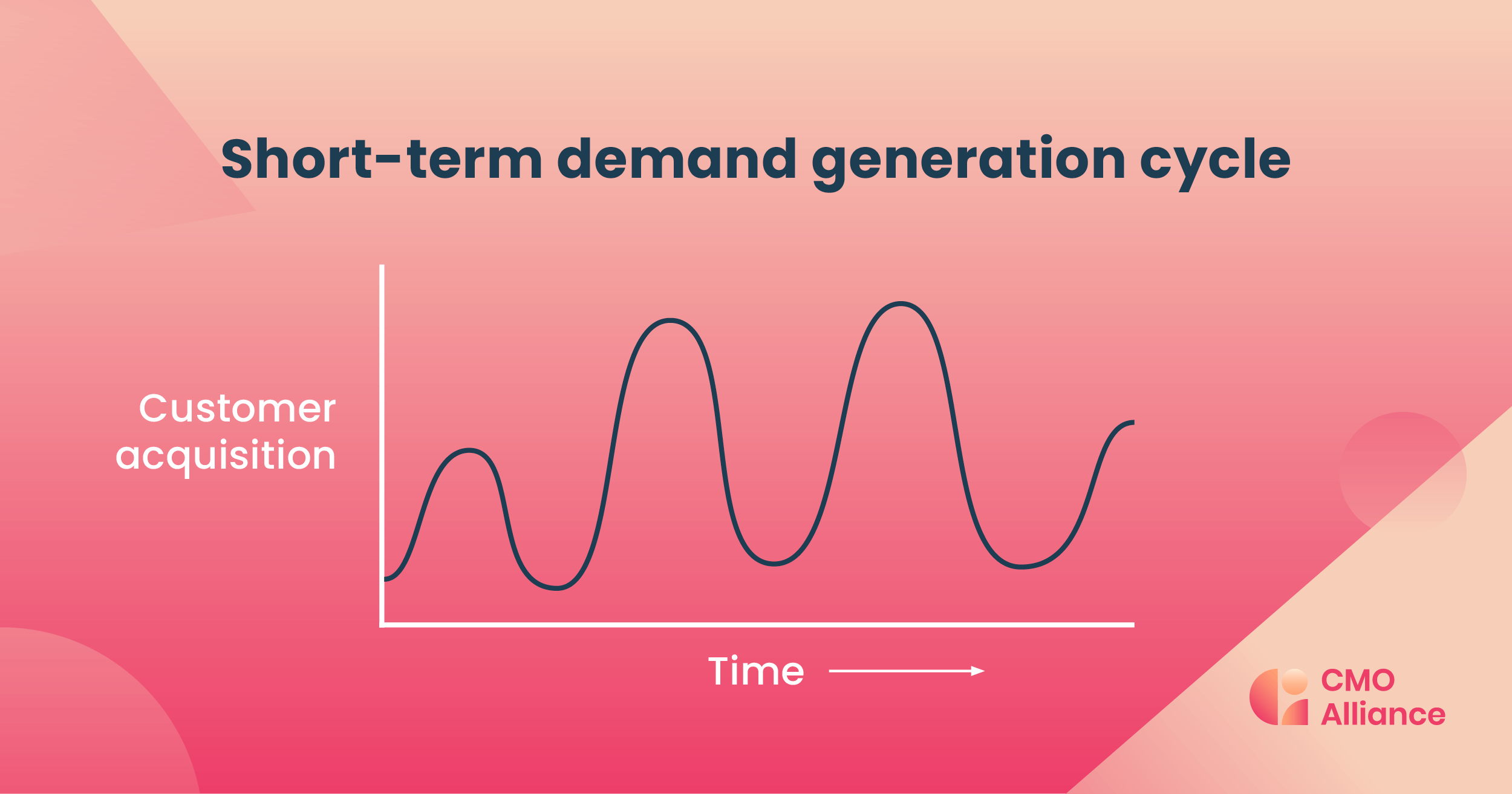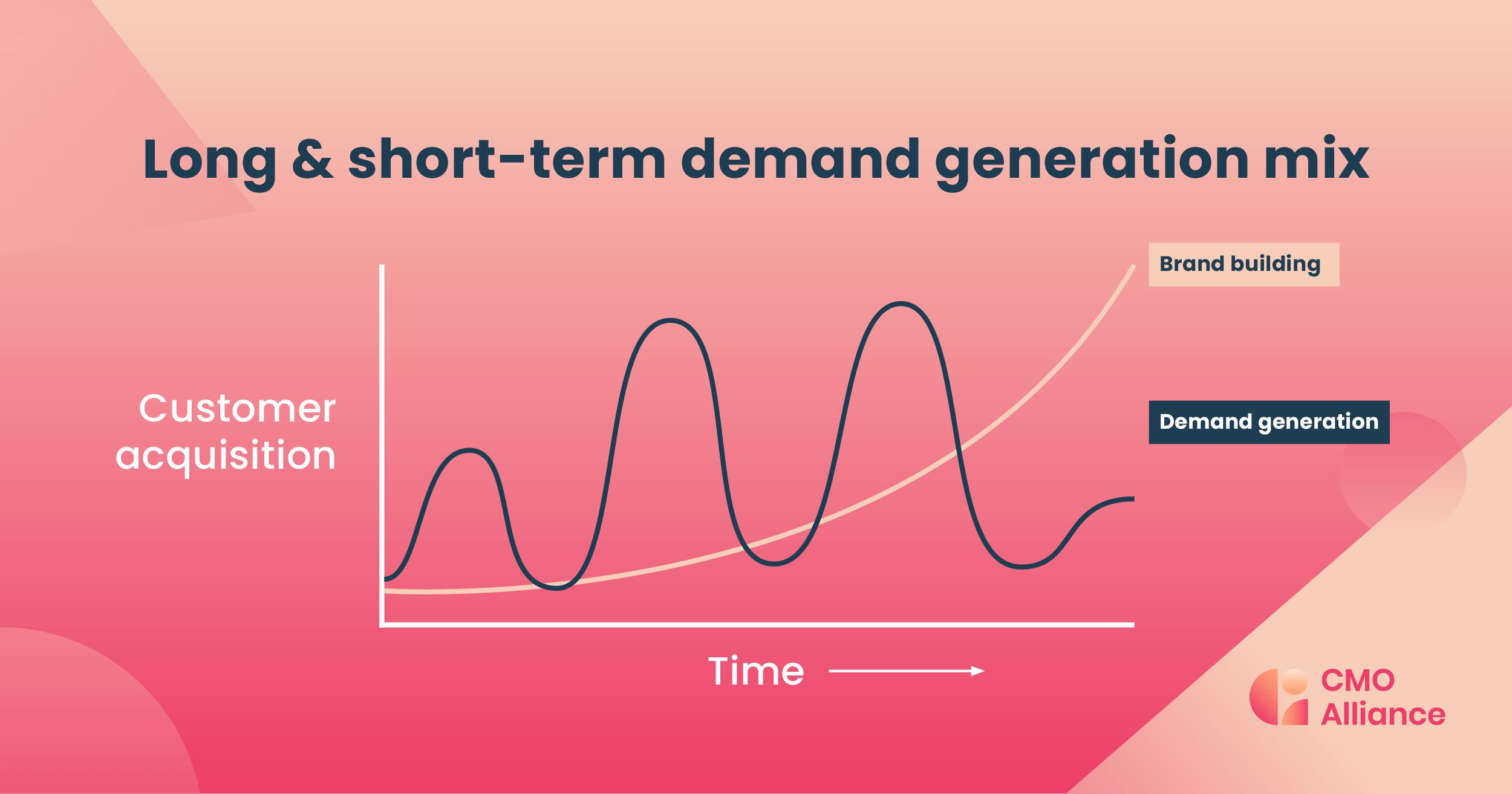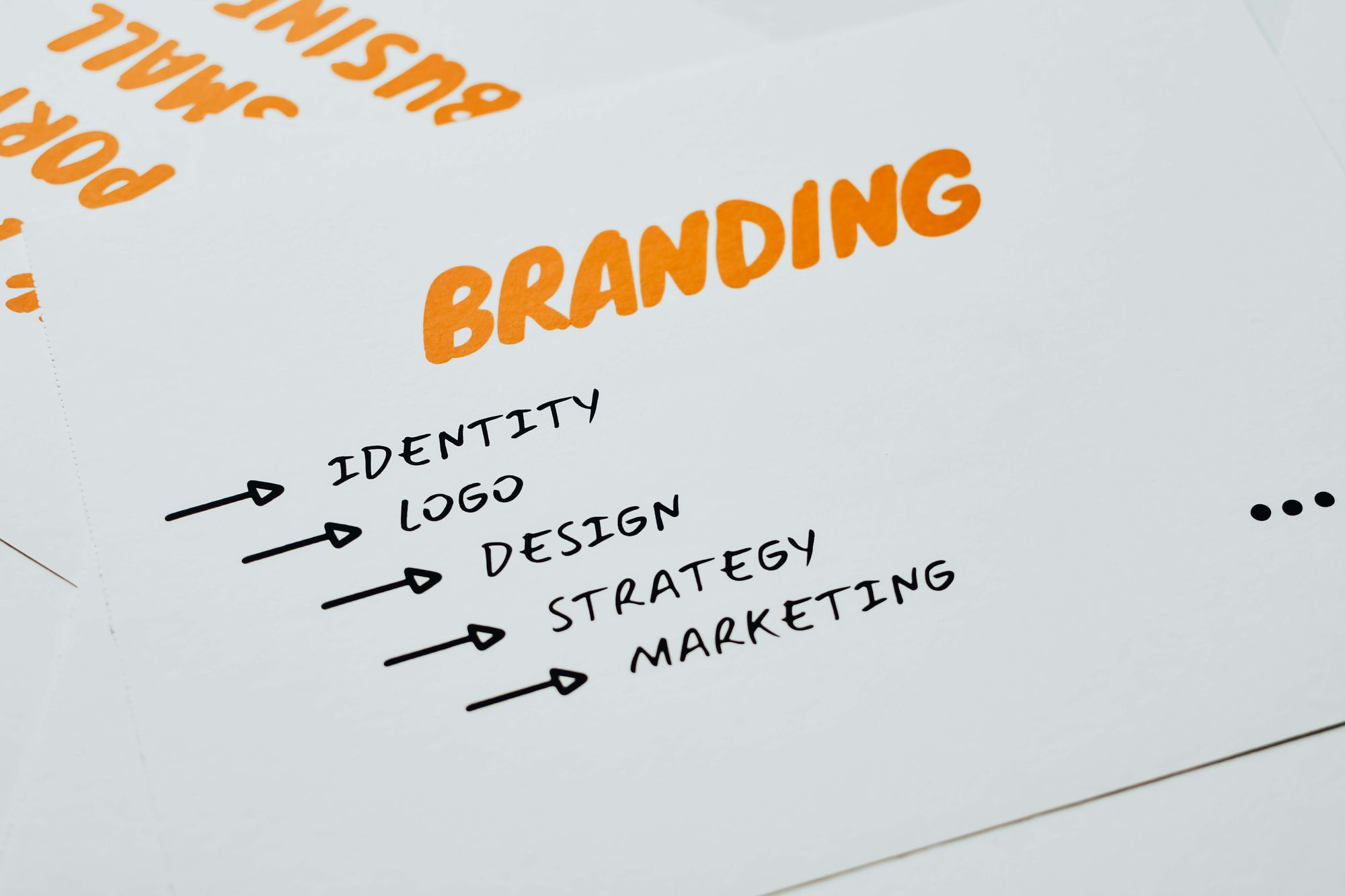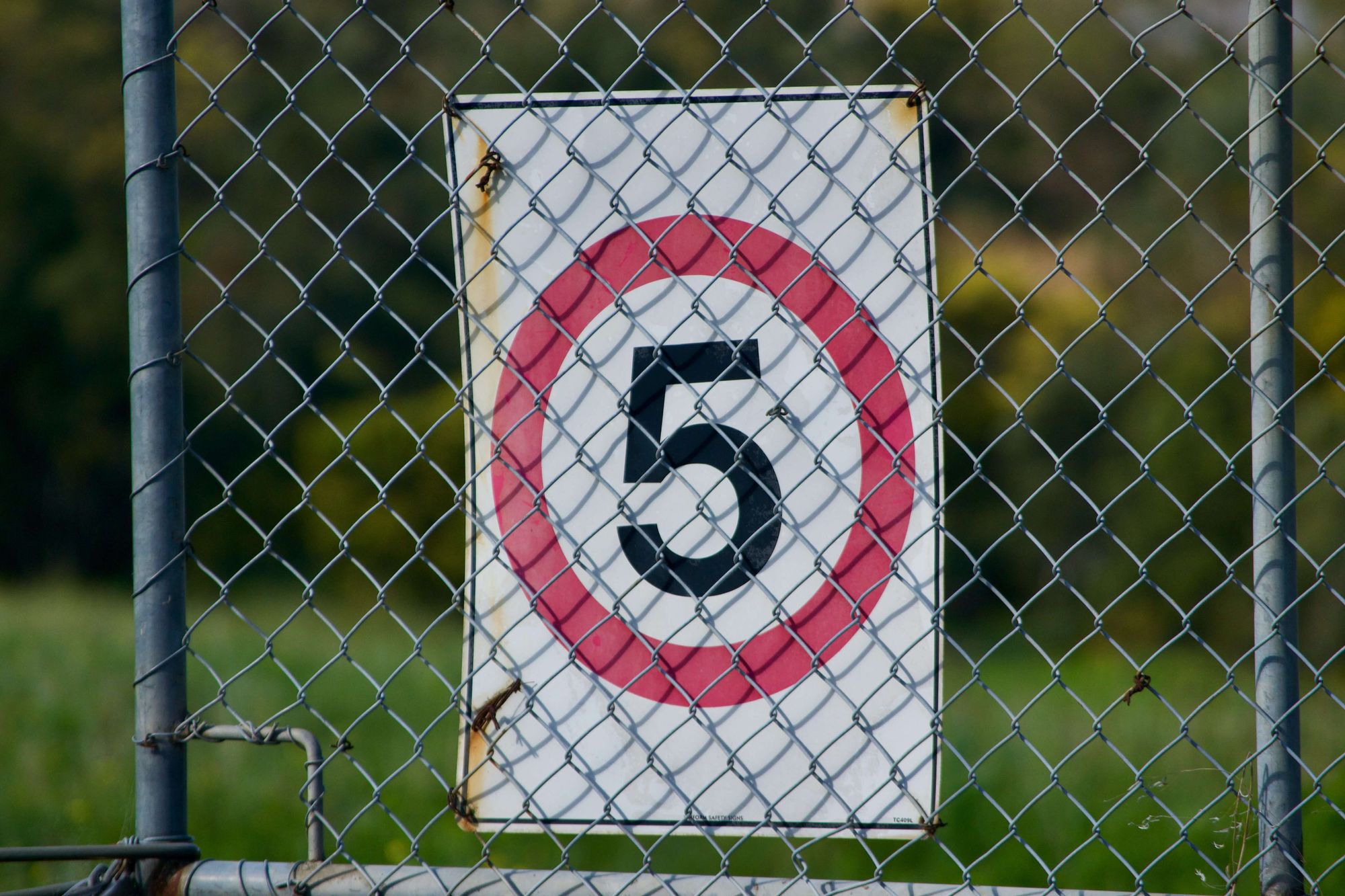The world of brand can be both exciting and also very confusing… especially for data-driven companies, and thus data-driven strategies. The adoption of these practices has left many companies, executives, and teams in a state of data paralysis.
What are the data and/or KPIs that should be used to determine the growth strategy? Are the numbers we’re looking at a “one-off” use case or a sustainable trend that can support broader revenue growth? Will we see the ROI from our investment in brand spend? Is brand even a necessity at the beginning of our growth journey, or should it be included in the broader customer acquisition strategy?
The context of B2B SaaS branding
Commercial growth in earlier stage B2B SaaS companies has usually been executed by a mix of growth-hacking techniques, including performance marketing, influencer demand generation, a mix of outbound sales strategies, basic product marketing campaigns, lifecycle marketing, and even referrals within a business's network.
The overall emphasis has usually been on quick customer acquisition to prove product-market fit without consideration of sustainable growth, scalability, or customer retention over time. This has been the result of the market demanding growth at any cost.
However, with the shift in the economic climate, investors and businesses are now evaluating sustainable growth and predictable revenue engines. This brings us to the concept of brand building.
Brand building in B2B SaaS has historically been left on the back burner compared to e-commerce companies. The thought was to go to market first with product marketing where features are compared on a broader scale. This led to an over-reliance on feature specification and a diminishment in the overall value-based proposition.
Even further, SaaS companies have not given enough credence to the value of brand building and its effects on customer acquisition over time. The main argument against brand building too early in the growth model was that it is too difficult to directly correlate brand spend with customer acquisition, and was thought to be too expensive.
However, SaaS companies are now realizing that they are hitting a wall when it comes to traditional customer acquisition techniques. Traditional techniques have ended up costing organizations a fair amount of capital without having anything sustainable to show for it. Short-term customer acquisition channels can be effective for short-term gains, however at the expense of long-term sustainability, awareness, credibility, and connecting with the ICP ( ideal customer profile) or end user.
This is why many early-stage scale-ups end up in a virtuous cycle of what I call “feeding the demand engine”. This is a stage where there is some success from a particular channel to acquire customers. However, there isn’t a broader analysis of how a company’s purpose connects to the consumer.
Because short-term gains have been valued so highly over longer-term sustainable growth, indexing on these short-term gains has been confused for comprehensive growth strategies. When companies realize that feeding the demand engine can be just as expensive as brand building, then they start to take a second look at brand value and what brand building can offer.



The case for early-stage brand building
The difference for companies that can scale sustainably is the fact that they invest in their brand awareness at an early stage. This is quite different to the hyper-growth mentality that was valued over the past years. Investing in brand spend at an earlier stage used to be a very unpopular belief.
The rule of thumb was always “growth hacking and quick customer acquisition models first”, however the concept of earlier stage brand building is gaining more traction as companies are now using their brand campaigns to acquire customers on a broader scale and find new target audiences that traditional customer acquisition techniques have failed to do in the past.
The other shift has to do with the ICP base within the B2B community. 5 to 10 years ago, the go-to-market strategies for B2B SaaS companies tended to be a product marketing “feature comparison” exercise. The B2B ICP base has now shifted in its approach to purchasing SaaS solutions.
One of the biggest shifts is that B2B customers are behaving more like e-commerce consumers in the SMB & Mid-Market ranges. In the Enterprise ranges, a solid brand is a must, however since ACVs (average contract values) are higher, there is more room to consider larger brand spend. In the SMB to Mid-Market spaces, monthly MRR is lower and thus there is more scrutiny over brand spend and its direct correlation to revenue.
Brand building is becoming increasingly valuable as a customer acquisition engine for sustainable scalability. It’s inherently more evergreen and positions a company for longer-term growth over time. It gives the company the ability to perfect its value proposition and connect with its consumers.
Depending on the vertical or specific niche of the company’s product or service, it can be the difference in differentiation against competitors, or in some cases help companies to pave the way as it builds out a completely new space within the market or disrupts incumbent business methodologies.
For CMOs and Revenue Leaders, the rule of thumb has been to spend around 10-20% of the total budget on brand building and the rest on other mediums as the company looks to scale. However, what we are seeing now is that companies are spending increasingly more on brand building at earlier stages and increasing those percentages to around 30-40% in the beginning.
Brand building is not always confined to traditional methods such as flashy brand campaigns and videos. CMOs are taking fresh approaches to incorporate existing campaign strategies including webinars, whitepapers, OOH, Influencers, etc. in their brand-building ethos (while also splitting the allocation of spend in their multi-channel approach).

How do you build a brand that will create sustainable awareness and customer acquisition?
It’s astonishing that many companies spend so much time outlining their internal values, and yet they don’t put the same type of thought into their brand identity and how that relates to their customers.
Here are the top things to consider when building out your brand for awareness and sustainability:
Does the brand identity align with the consumer identity and concern?
This is a critical one. A great example would be if the brand identity centers around sustainability however the consumer identity did not value sustainability- this would create an inherent mismatch. The number one rule of sales is that consumers buy into what you believe. This is more than just a product or a price. This is the foundation of brand loyalty.
Position your brand as the knowledge expert in the space.
This is different than the “leader” in the space, or the most “ cost-effective” in the space. If you position your brand as the “ knowledge expert” and source of truth, then that credibility will become a gift that keeps on giving in both awareness and customer acquisition ( not to mention your SEO team will thank you)
Center your brand campaigns around the core benefit you are helping your consumers to feel.
This has to be one of the main execution flaws that many companies, both scale-ups and larger organizations fail to master. I’ve seen many brand campaigns spend too much time incorporating the product features (which is better placed with product marketing), or even incorporate elements of price, etc.
The best brand campaigns focus on the feeling. A brand’s essence is about the feeling the consumer has and how they can identify with that brand. This is one of the reasons that Apple and Nike have consumer followings, while other brands have fads that quickly fade.
When done properly, what companies find is that consumers start coming to them organically. It can also help companies generate revenue via a more value-based sales approach and re-direct sales conversations from a pure “price and feature comparison” to a more consultative conversation.
If B2B SaaS companies spend the time to properly focus on their brand growth and use it as both an awareness and customer acquisition technique, it will turn into a revenue generator that keeps growing as the company scales.
Way too often companies have spent so much time on shorter-term customer acquisition techniques that they hit the wall of “no one knows who we are” when it is time for them to raise capital or when they think about moving up-market with their customer profile and need to start competing with larger incumbents.
The counter-argument is certainly true that growing companies need revenue engines and reliable customer growth. However, the pendulum has swung way too far into a “demand generation/customer acquisition” only methodology. The focus for companies is to now have a more balanced approach to their growth strategies. This feeds into a balanced marketing mix that includes a strong brand-building program from the early stages of the company’s scaling journey.
The battle over long-term brand building vs. short-term gains is one that pretty much every CMO needs to face. Share your insights or ask advice on how to tackle this seemingly eternal conflict with a global network of CMOs and marketing leaders on the CMO Alliance Community Slack channel.





